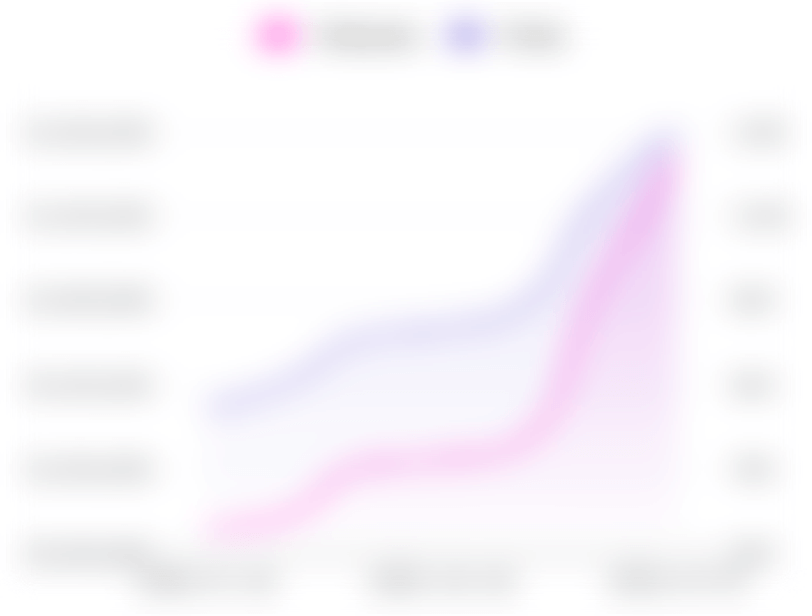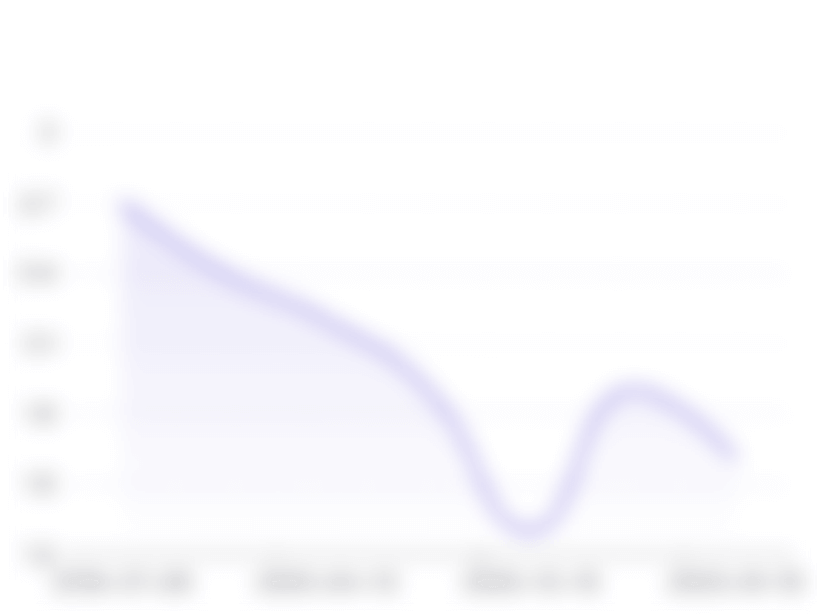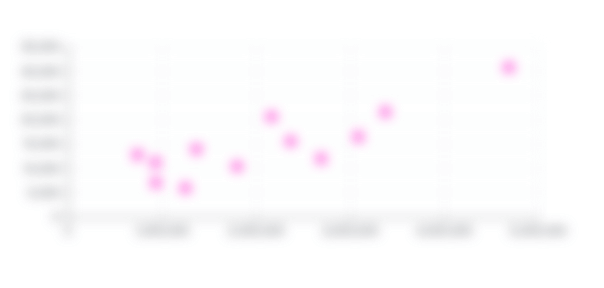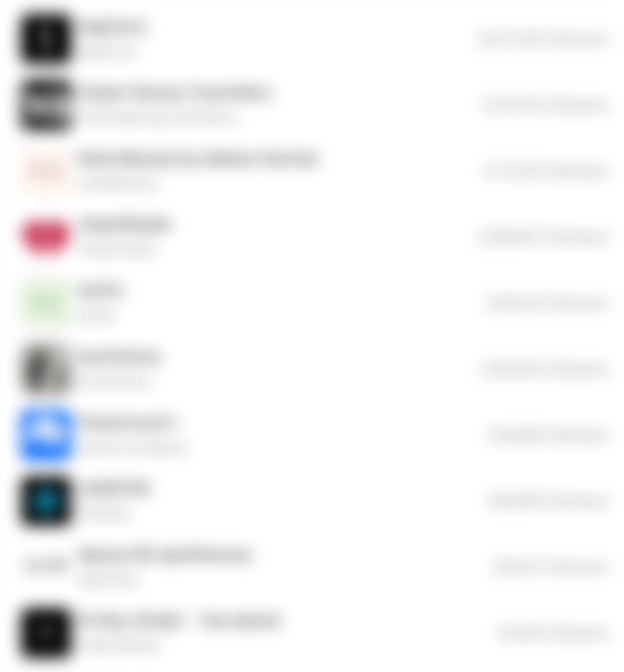




A leading contemporary art gallery, representing Scandinavian and International artists I #nicolaiwallner Est. 1993
-% dei follower di @nicolaiwallner sono donne e il -% sono uomini. Il tasso di coinvolgimento medio sui post è di circa il 0.49%. Il numero medio di like per post è 190 e il numero medio di commenti è 4.
@nicolaiwallner ama pubblicare suSeni dan Kerajinan.

42,287
Pengikut

0.49%
Tingkat Keterlibatan

194
Keterlibatan per posting
190
Rata-rata suka per posting
4
Rata-rata komentar per posting

243,100
Peringkat Global

1,542
Peringkat Negara

-
Peringkat Kategori
Tren Pertumbuhan Pengikut dan Posting
Tren Pertumbuhan Tingkat Keterlibatan
Target Pembaca Menurut Jenis Kelamin

Kelompok Usia Utama
Minat

Tingkat Keterlibatan
Suka dan Komentar
Influencer Penting
Kecenderungan Merek Target Pembaca
Akun Serupa

Postingan Terkini
* Hak Cipta: Pencipta konten adalah pemilik hak cipta default. Informasi ini termasuk gambar, teks, video, postingan, dan profil yang diterbitkan di domain publik dan media sosial yang sesuai untuk ditampilkan publik.
Domande frequenti: Statistiche e approfondimenti di Instagram per @nicolaiwallner
Come posso accedere alle statistiche e all'analisi di Instagram per @nicolaiwallner?
StarNgage offre report analitici completi che forniscono metriche chiave e approfondimenti per darti un'e comprensione completa di @nicolaiwallner. Puoi esplorare vari aspetti, inclusa la statistica dei follower di Instagram, come l'andamento della crescita dei follower e dei post, il tasso di coinvolgimento e l'andamento della crescita. Inoltre, puoi accedere alle informazioni sul numero medio di like e commenti per post, approfondimenti sulla demografia dei tuoi follower o del tuo pubblico, dati di affinità di marca, menzioni di hashtag rilevanti, account simili e i post più recenti.
Qual è il conteggio attuale dei follower per @nicolaiwallner su Instagram?
All'ultimo aggiornamento, @nicolaiwallner ha accumulato un seguito fedele di 42,287 follower su Instagram.
Quali approfondimenti e analisi sono inclusi nel rapporto completo per @nicolaiwallner su Instagram?
Il nostro rapporto analitico completo di Instagram fornisce una panoramica completa di @nicolaiwallner su Instagram. Questo rapporto include informazioni dettagliate sulla crescita dei follower nel tempo, le metriche di coinvolgimento e la frequenza dei post, sia settimanali che mensili. Per accedere a questo rapporto approfondito, registrati e crea un nuovo account StarNgage o accedi al tuo account esistente.
Posso tracciare come è evoluto il tasso di coinvolgimento di @nicolaiwallner su Instagram?
Sì, gli strumenti di analisi di StarNgage ti consentono di monitorare l'evoluzione del tasso di coinvolgimento di @nicolaiwallner nel tempo su Instagram. Questi dati ti aiutano a valutare l'efficacia delle strategie di coinvolgimento di @nicolaiwallner.
Come posso capire la demografia del pubblico di @nicolaiwallner su Instagram?
Conoscere la demografia dei follower di @nicolaiwallner su Instagram può essere estremamente prezioso. Ti consente di adattare i tuoi contenuti influencer e le tue strategie di marketing per farli risuonare meglio con i follower di @nicolaiwallner, avendo informazioni sulla loro età, genere, posizione e interessi.
Come posso sfruttare i dati sull'affinità di marca per migliorare la mia strategia di marketing su Instagram con @nicolaiwallner?
I dati sull'affinità di marca sono uno strumento potente per capire quali marchi o prodotti interessano di più al tuo pubblico. Queste informazioni possono guidare le tue collaborazioni e partnership sui contenuti su Instagram, migliorando il coinvolgimento con il tuo pubblico di riferimento.




















